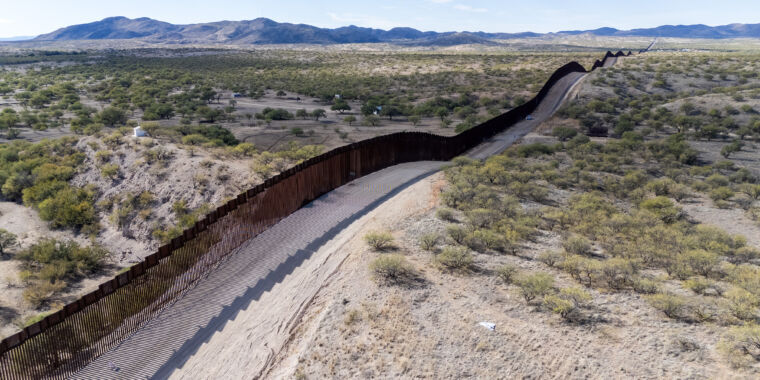This is the best summary I could come up with:
In a vast stretch of the Sonoran Desert, between the towns of San Luis Río Colorado and Sonoyta in northern Mexico, sits a modest building of cement, galvanized sheet metal, and wood—the only stop along 125 miles of inhospitable landscape dominated by thorny ocotillo shrubs and towering saguaro cactuses up to 50 feet high.
By doing so, she relieves the thirst of bighorn sheep, ocelots, pronghorn, coyotes, deer, and even bats that have been deprived of access to their natural water sources.
“The crows come to the house and scream to warn us that there is no more water … it’s our alarm,” says Ortiz Ramos in her distinct northern Mexico accent.
“This vital source supplies both humans and animals over an area of more than 1 million hectares,” Federico Godínez Leal, an agronomist from the University of Guadalajara, explains to me.
Godínez Leal and his team have been documenting the stark difference between each side: Their poignant photographs show skeletons of wild boar, deer, and bighorn sheep lying on Mexican soil.
In turn, villagers in some spots on the Mexican side of the border have organized to try to alleviate the thirst of many animals that have been left without access to water.
The original article contains 526 words, the summary contains 204 words. Saved 61%. I’m a bot and I’m open source!



